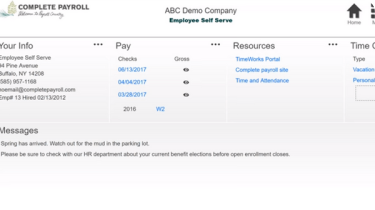W2 or 1099? Simple Employee Classification Tests for Employers

Written by Complete Payroll

Getting worker classification right is crucial. Misclassifying W-2 employees and 1099 independent contractor carries significant legal and financial implications.
Misclassification can lead to hefty penalties, back taxes, and a host of other issues.
Understanding the Importance of Proper Classification
First, it's essential to understand why this matters. Employers must withhold income taxes, Social Security, and Medicare taxes from employee wages. They're also on the hook for unemployment tax. None of this applies to payments to independent contractors.
According to the IRS, those who provide services to other businesses are generally considered self-employed. However, it's not always that simple.
Key Tests for Determining Worker Status
New York State relies on several tests to determine whether a worker is an employee or an independent contractor. Here's a breakdown:
The Common Law Test: Direction and Control
New York courts primarily use the "direction and control test." This test zooms in on whether the employer controls the results of the work or, more importantly, the means by which those results are achieved.
- What it means: If you're dictating how the work is done, step-by-step, that points to an employer-employee relationship. If the worker has autonomy in choosing their methods, it suggests an independent contractor arrangement.
The Common Law Test for Professionals
There's a specialized version of the common law test for professionals like physicians, accountants, teachers, tutors, and photographers. Even if you don't control the results or the means, if you control other key aspects of their services, they may still be classified as employees.
The "ABC" Test for Commercial Goods Transportation
If your business is in the commercial goods transportation industry, the Commercial Goods Transportation Industry Fair Play Act is key. This act covers drivers who transport goods for compensation in New York State using commercial motor vehicles. Under this act, these drivers are presumed to be employees unless they pass either the ABC test or the separate business entity test.
The ABC Test
This test has three parts:
- The worker is free from control and direction in performing the job.
- The worker performs services outside the company's usual course of business.
- The worker is engaged in an independently established trade, occupation, profession, or business similar to the service they provide.
- Perform the service free from direction or control over the means and manner of providing the service subject only to the right of the employer to specify the desired result;
- Not be subject to termination when its work with the employer ends;
- Have a substantial investment of capital in the entity beyond ordinary tools and equipment and a personal vehicle;
- Own the capital goods, gain the entity’s profits, and bear the entity’s losses;
- Make its services available to the general public or business community on a regular basis;
- Include the services provided on a federal income tax schedule as an independent business;
- Perform the services under the entity’s name;
- Obtain and pay for any required license or permit in the entity’s name;
- Furnish the tools and equipment necessary to provide the service;
- Hire its own employees without employer approval, pay the employees without reimbursement from the employer, and report the employees’ income to the Internal Revenue Service (IRS);
- Have the right to perform similar services for others on whatever basis and whenever it chooses; and
- Not be represented by the employer of the entity as the employer’s employee to its customers.
The "Economic Realities" Test for Wage & Hour Laws
When it comes to wage and hour laws, New York uses an "economic realities test." This test considers factors like whether the employer can hire and fire, control work schedules, determine pay rates, and maintain employment records. No single factor is decisive; the "totality of the circumstances" is what counts.
Worker classification is complex. These guidelines provide a solid foundation, but it's always wise to seek professional advice to ensure you're in full compliance with all applicable laws and regulations.
















 Get Instant Blog Notifications
Get Instant Blog Notifications
